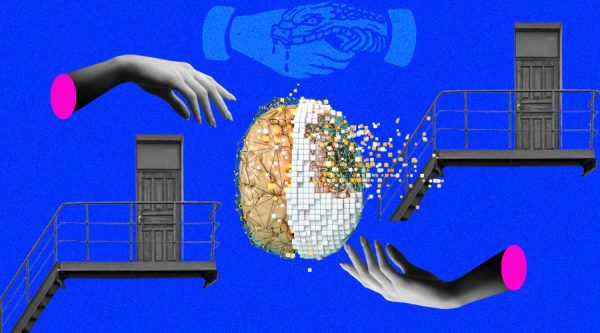By feeding previous data to computers and predicting what might happen in the future, machine learning teaches machines to act like people. The Backtracking, AC-3, and SimHash algorithms, among other exciting machine learning techniques, will be examined in this section.
Algorithm for going backwards
Backtracking is an algorithmic technique for iteratively solving issues by making incremental progress toward a solution. one element at a time, eliminating potential solutions that at any point don’t meet the criteria for the problem. It is necessary for completing puzzles like Sudoku, crosswords, verbal arithmetic, and many other types of constraint satisfaction tasks. Additionally, it is frequently the simplest method for resolving combinatorial optimization issues like the knapsack problem, parsing, and others. It serves as the foundation for “logic programming languages” like Icon, Planner, and Prolog.
Backtracking is based on “black box procedures” that the user provides, which outline the issue at hand, the categories of incomplete candidates, and the process by which they are transformed into complete candidates. It is a metaheuristic rather than a specific algorithm.
Algorithm AC-3
Constraints, variables, and variable domains are all used by AC-3 (scopes). A constraint is a relationship that specifies the possible values for a variable. The constraint could include the value of additional variables.
The CSP’s current state can be compared to a directed graph during the procedure, and the edges, or arcs, are symmetric constraints connecting the variables:
The pathways between each pair of variables are examined by AC-3 (x, y).
The values that don’t adhere to the rules between x and y are removed from the domain of x.
Since the ranges of the variables are finite at each step, the method keeps a list of arcs that need to be checked.
SimHash formula
Computer science uses the SimHash technique to quickly determine how similar two sets are. The Google Crawler, for instance, use the technique to identify pages that are almost identical to others. It is Moses Charikar’s idea. In 2021, Google announced that the algorithm would be used in their brand-new FLoC (Federated Learning of Cohorts) system.
SimHash is a hashing function that has the property that the more similar two inputs are, the less the Hamming distance between them will be.
The text is divided into pieces for the algorithm, and each piece is hashed using a function of your choice.
The bit values are altered to +1 or -1 for each chunk that has been hashed and shown as a binary vector.
In order to evaluate the performance of the Minhash and Simhash algorithms, Google conducted a thorough examination in 2006. Google said in 2007 that it used Minhash and LSH to customise Google News and Simhash to identify duplication when browsing the web.









